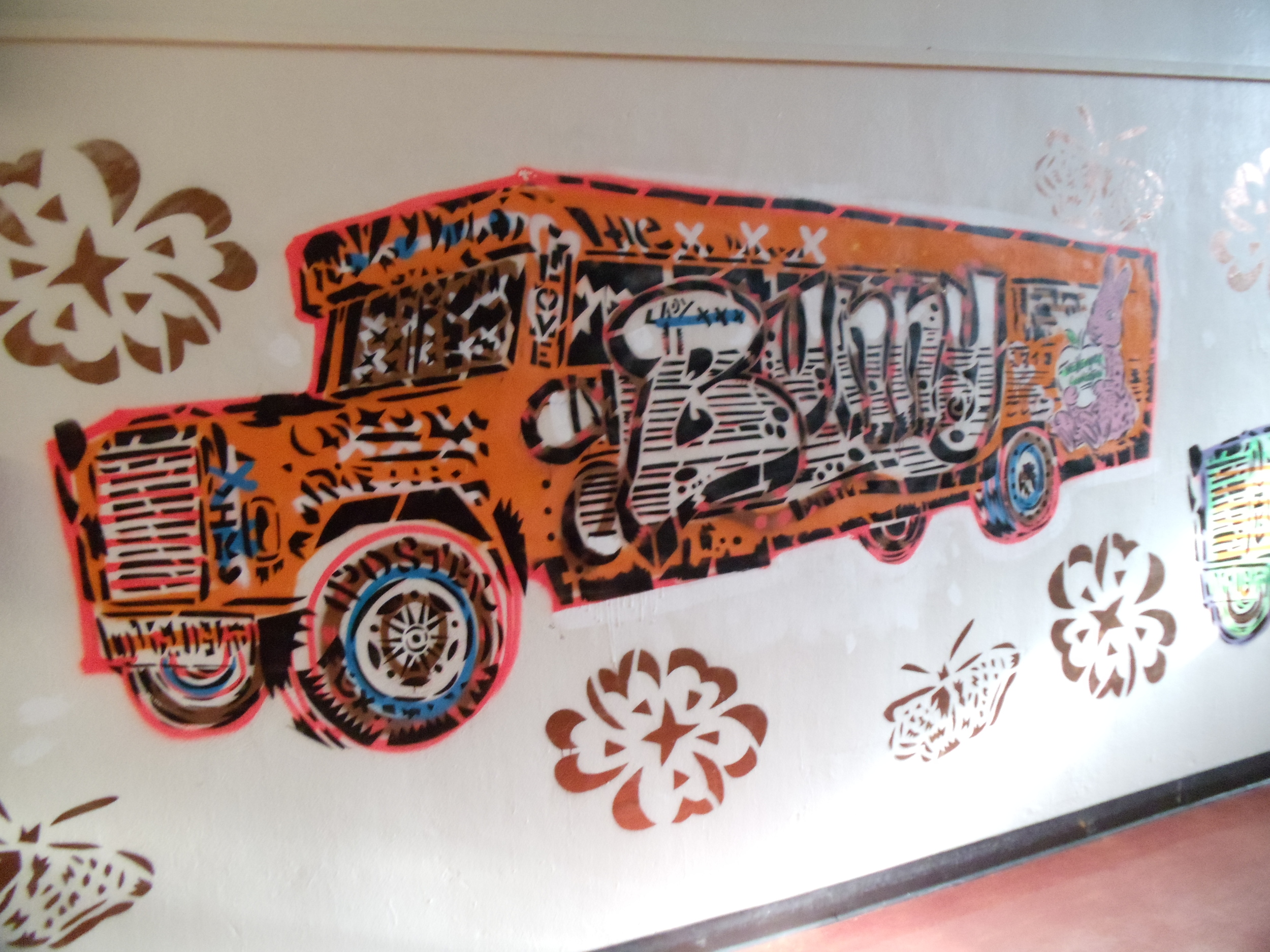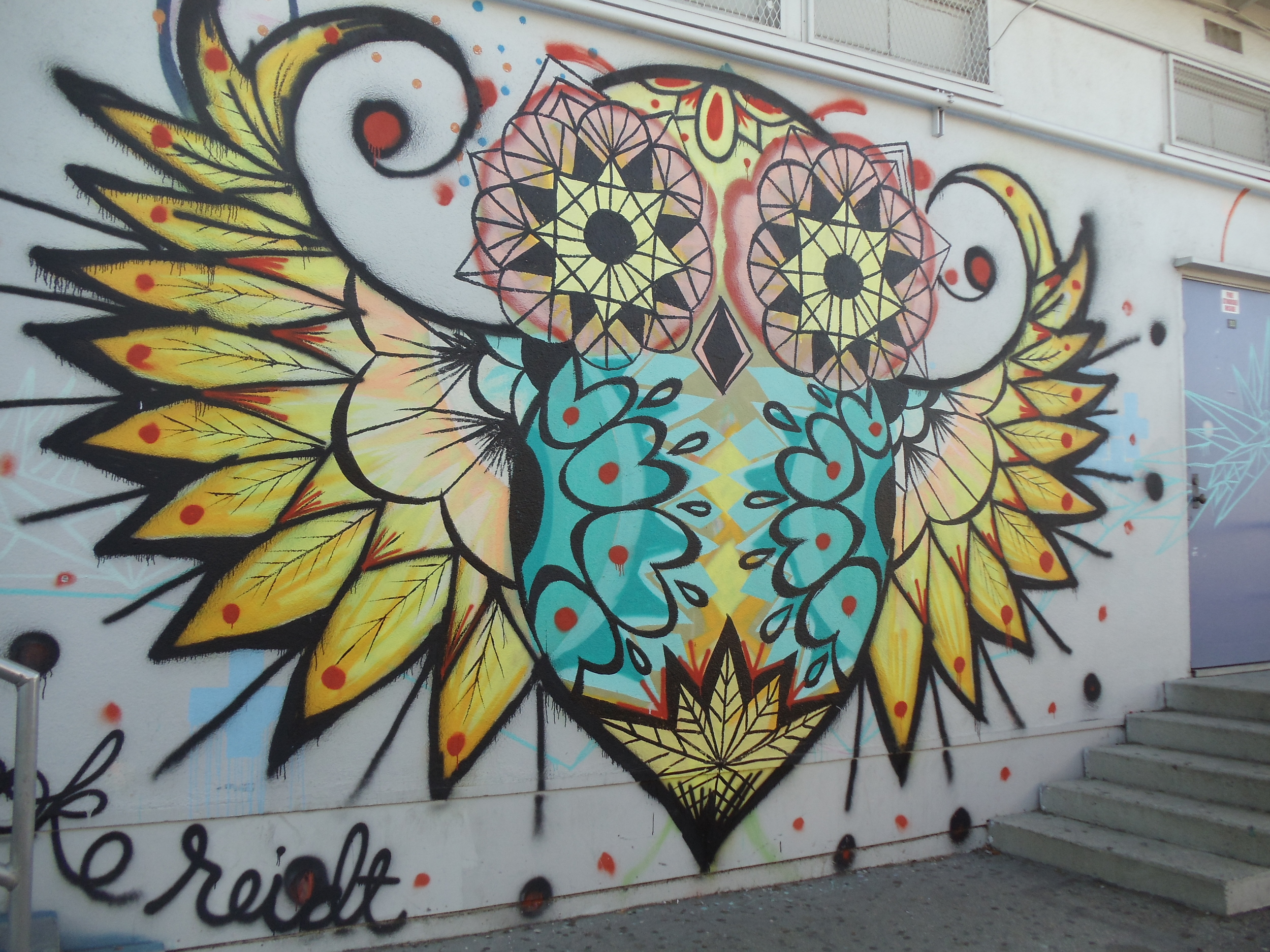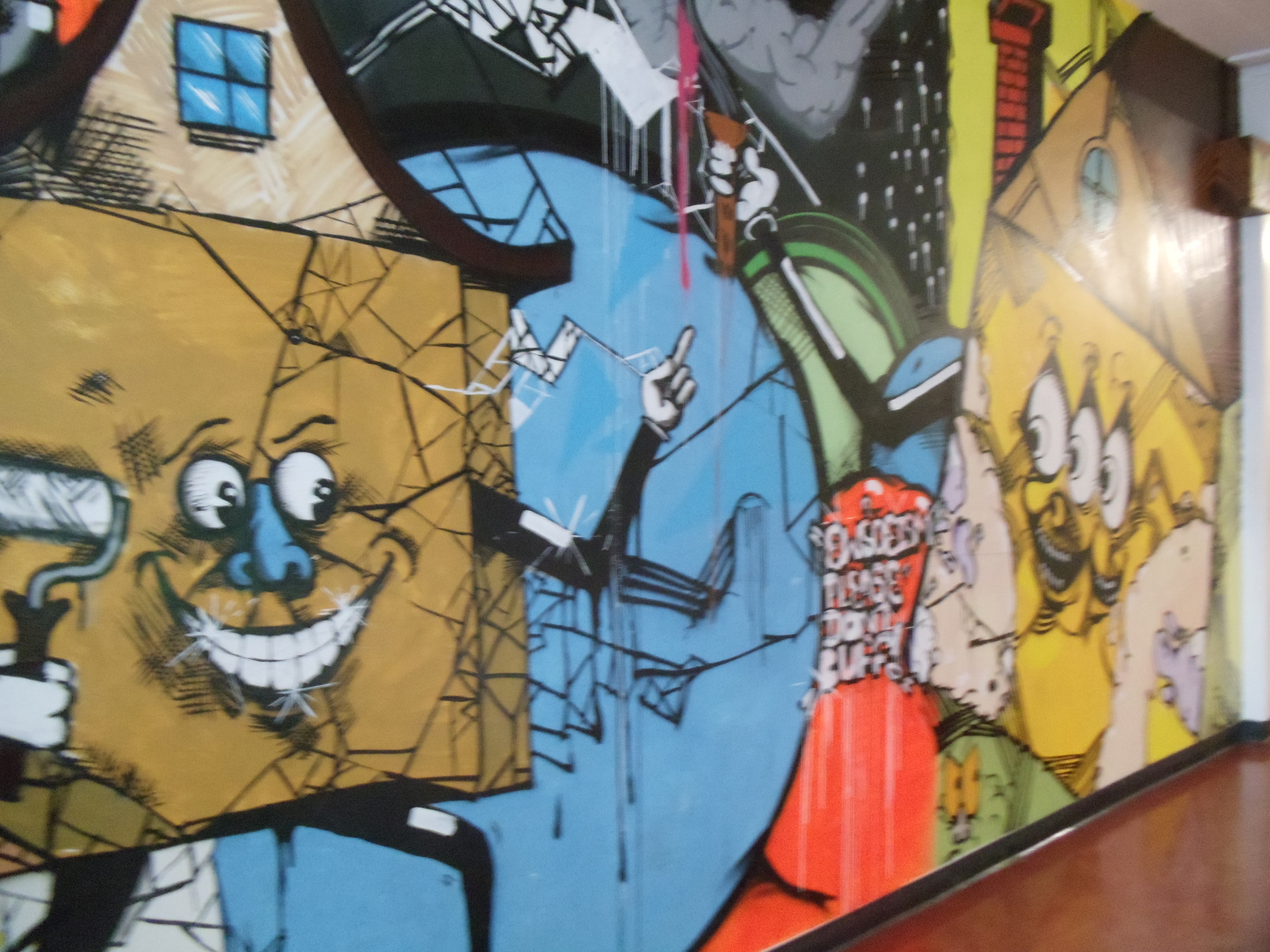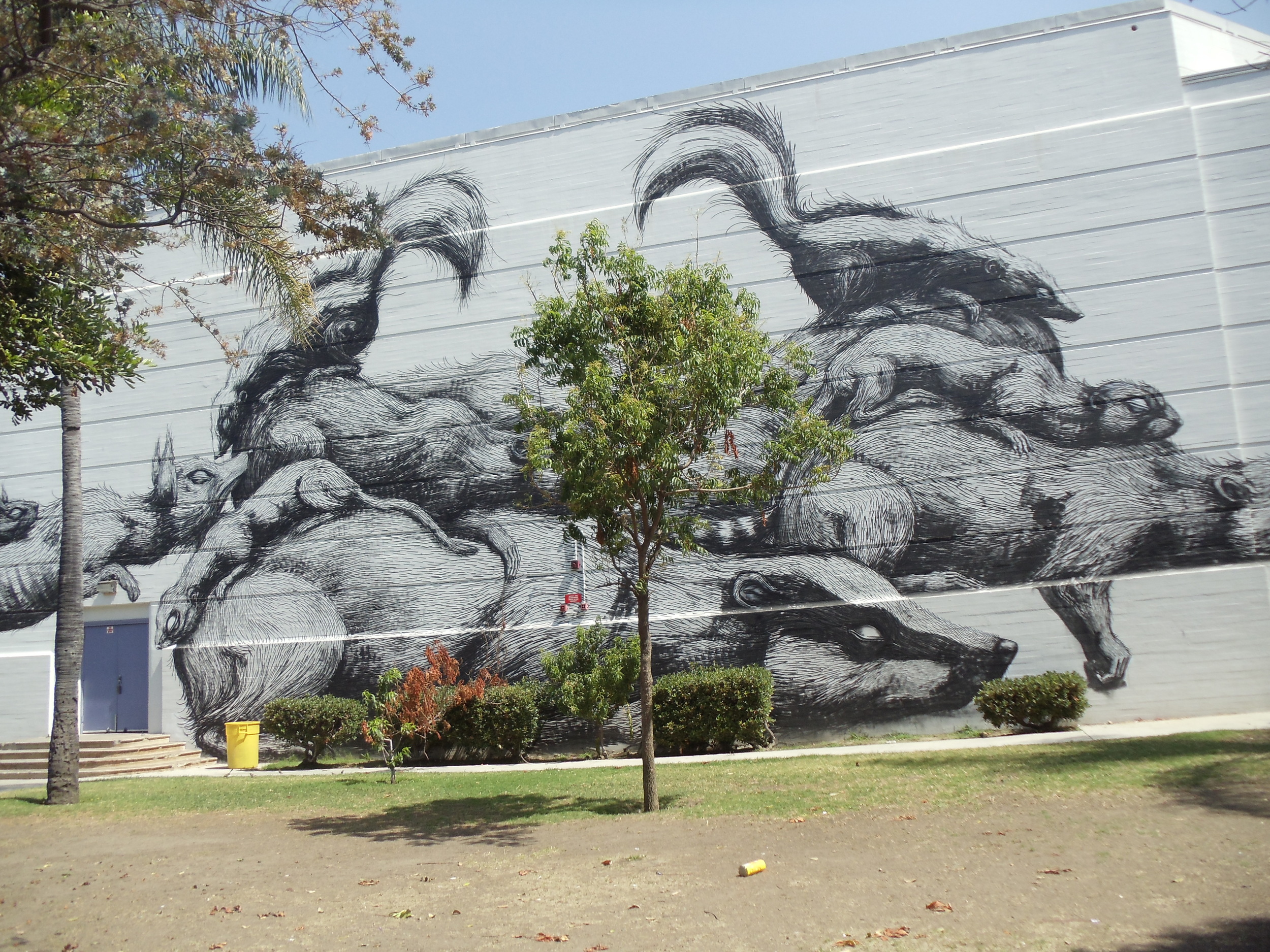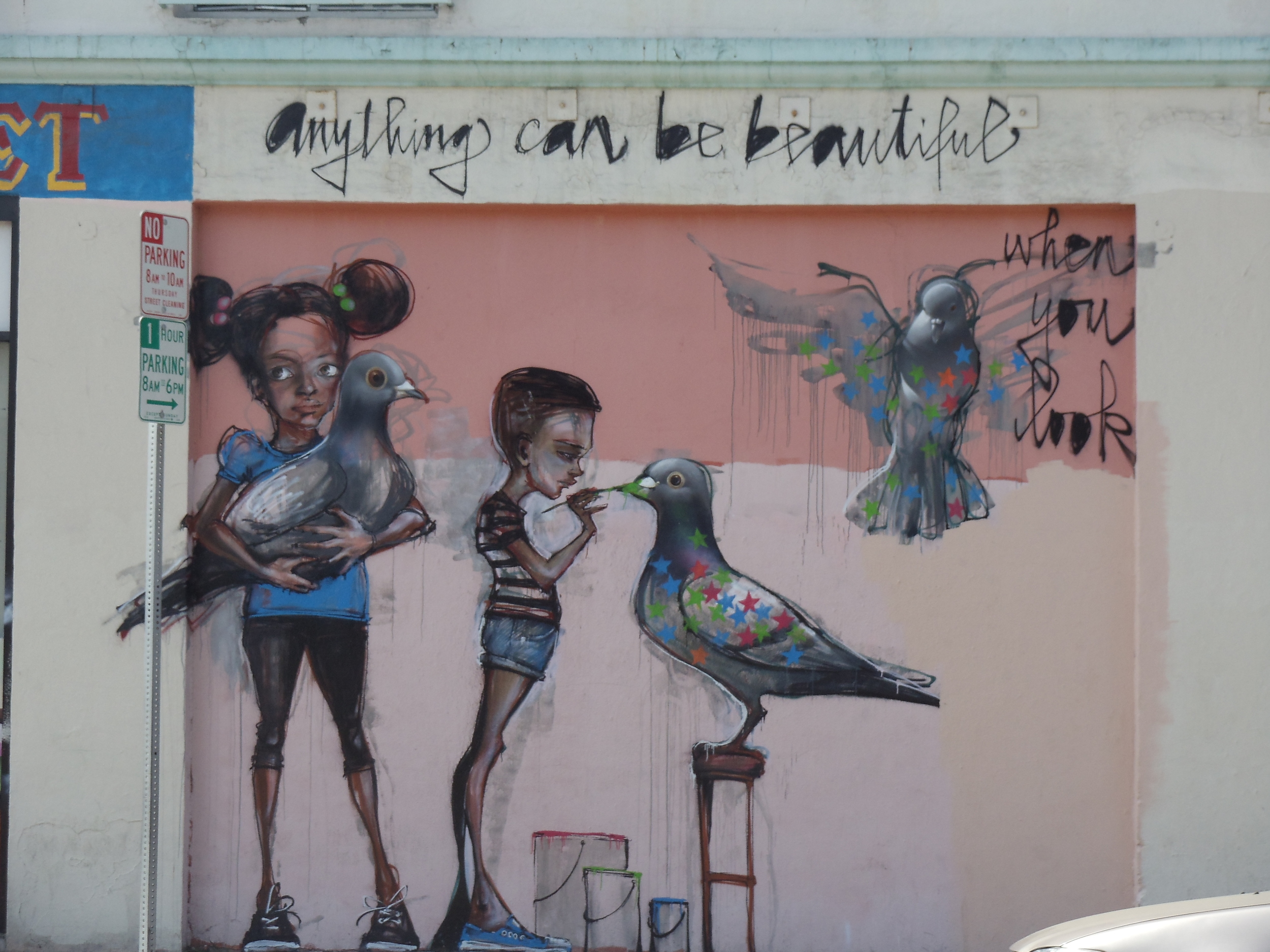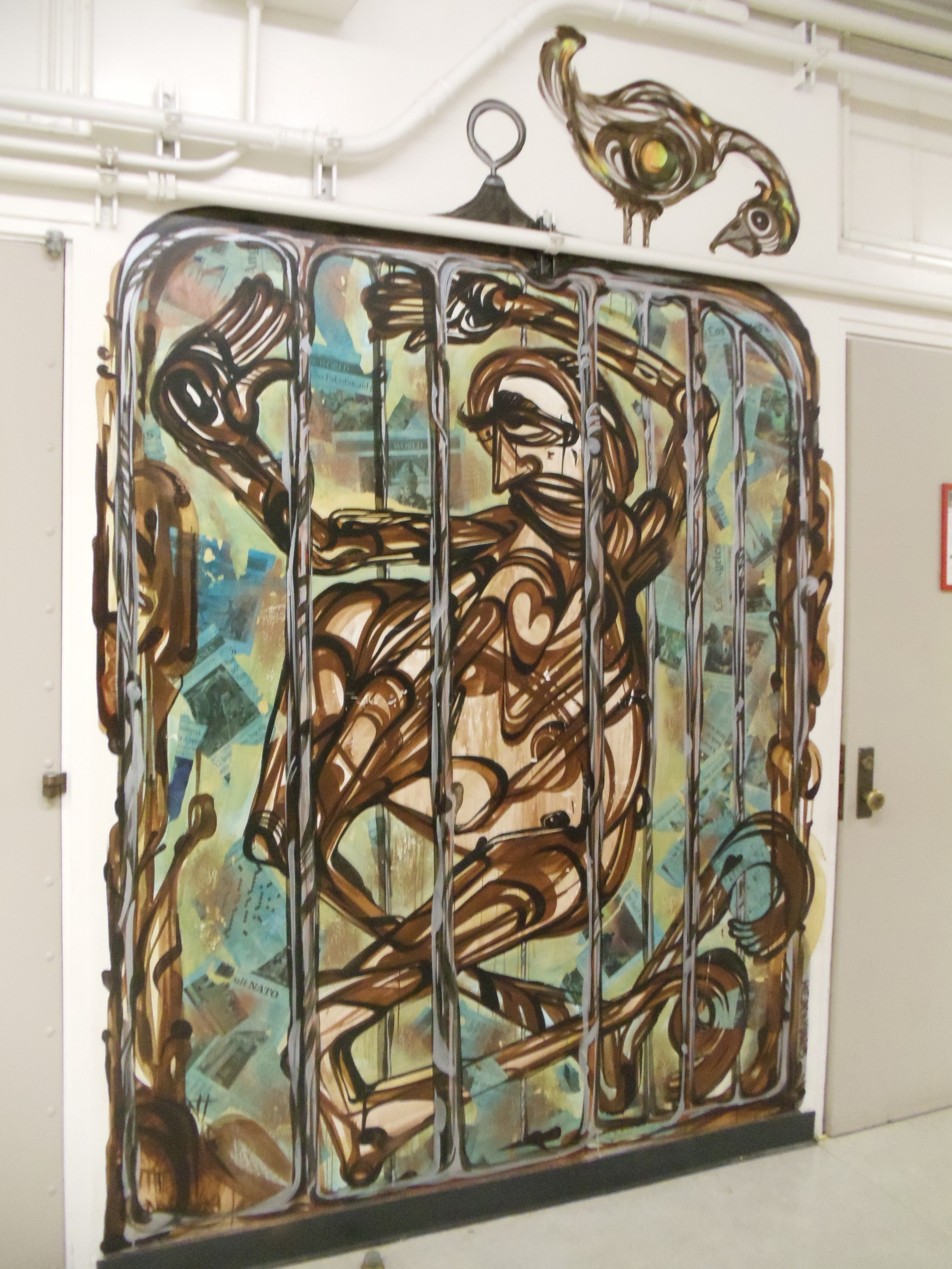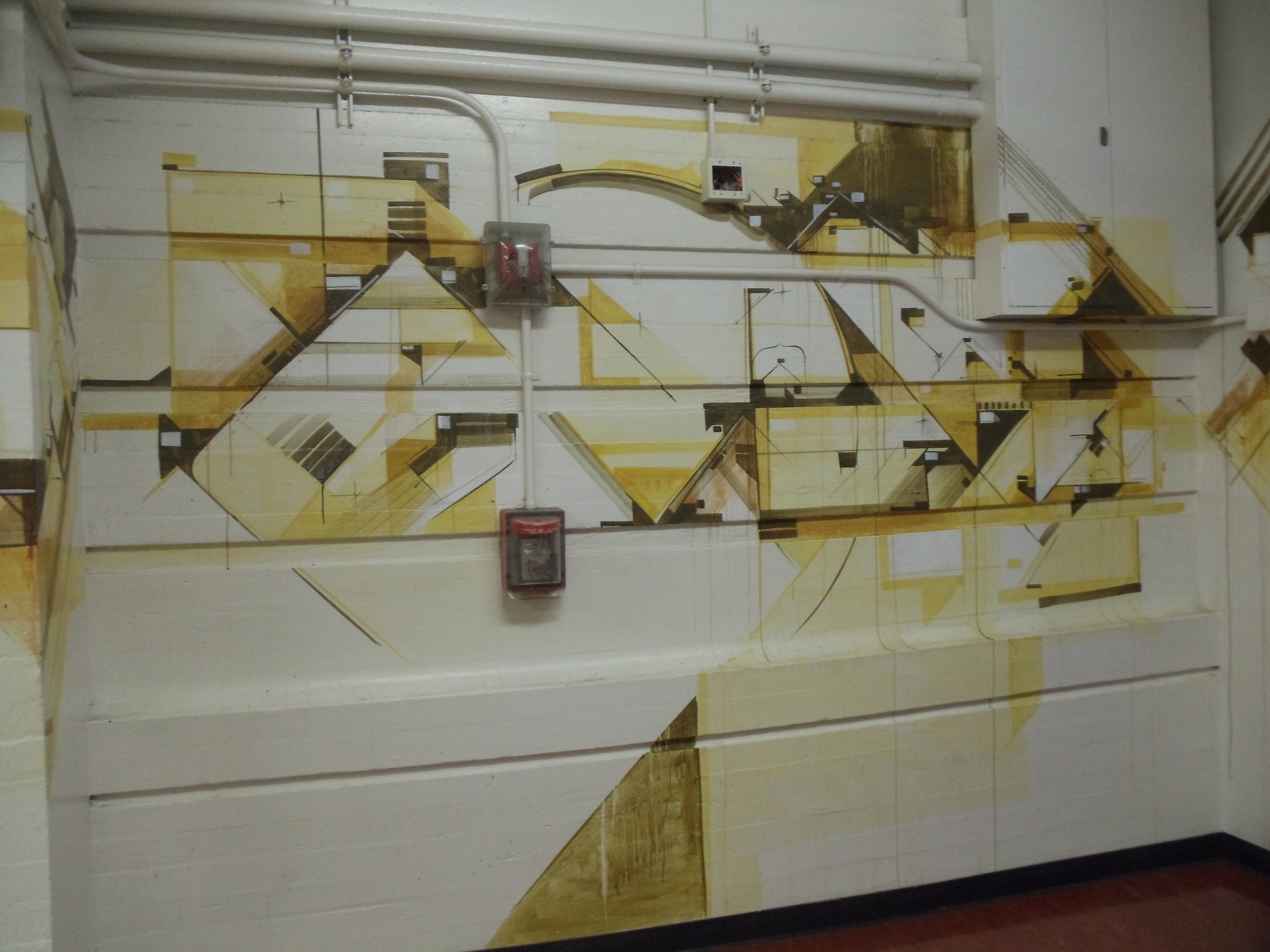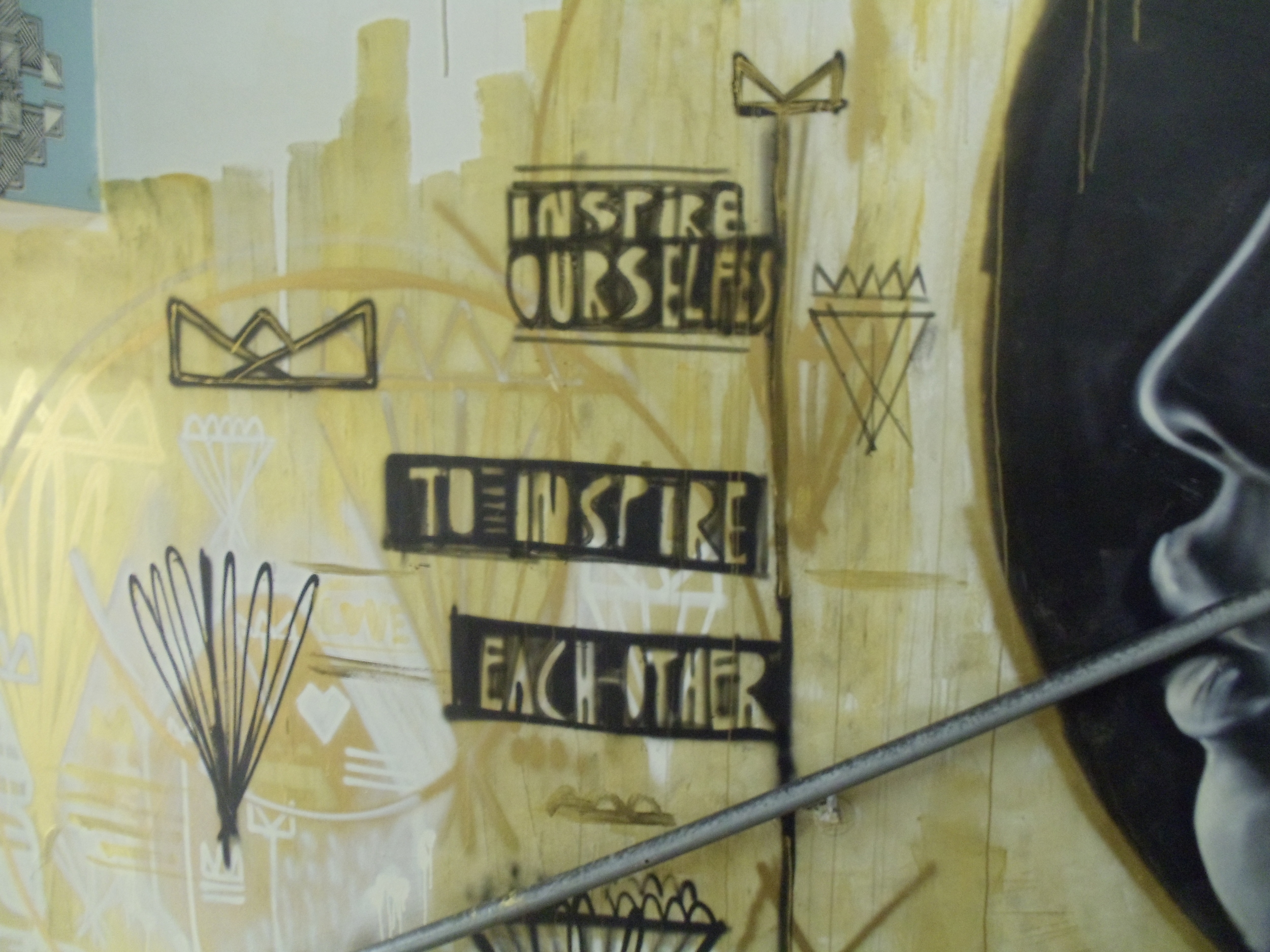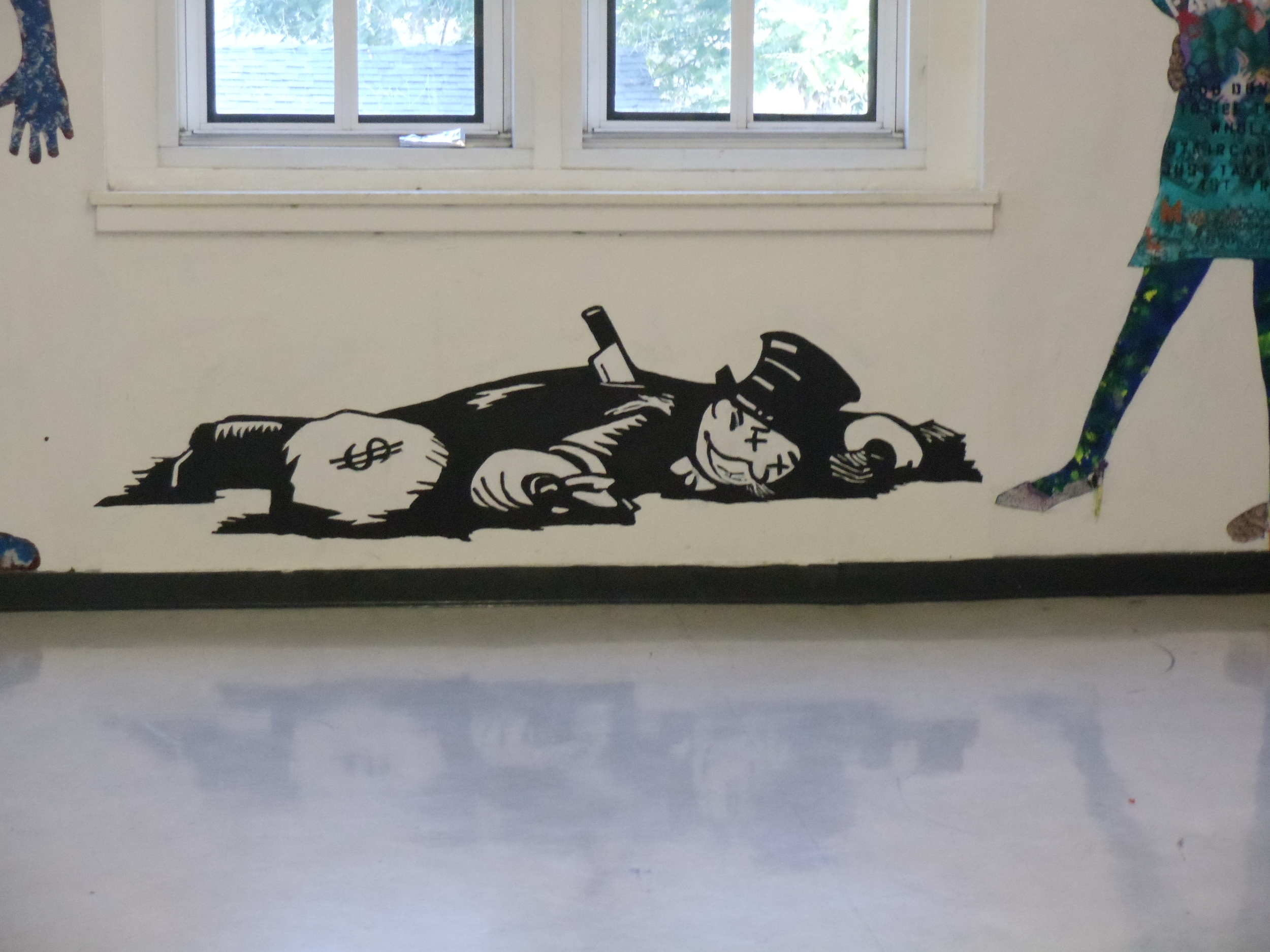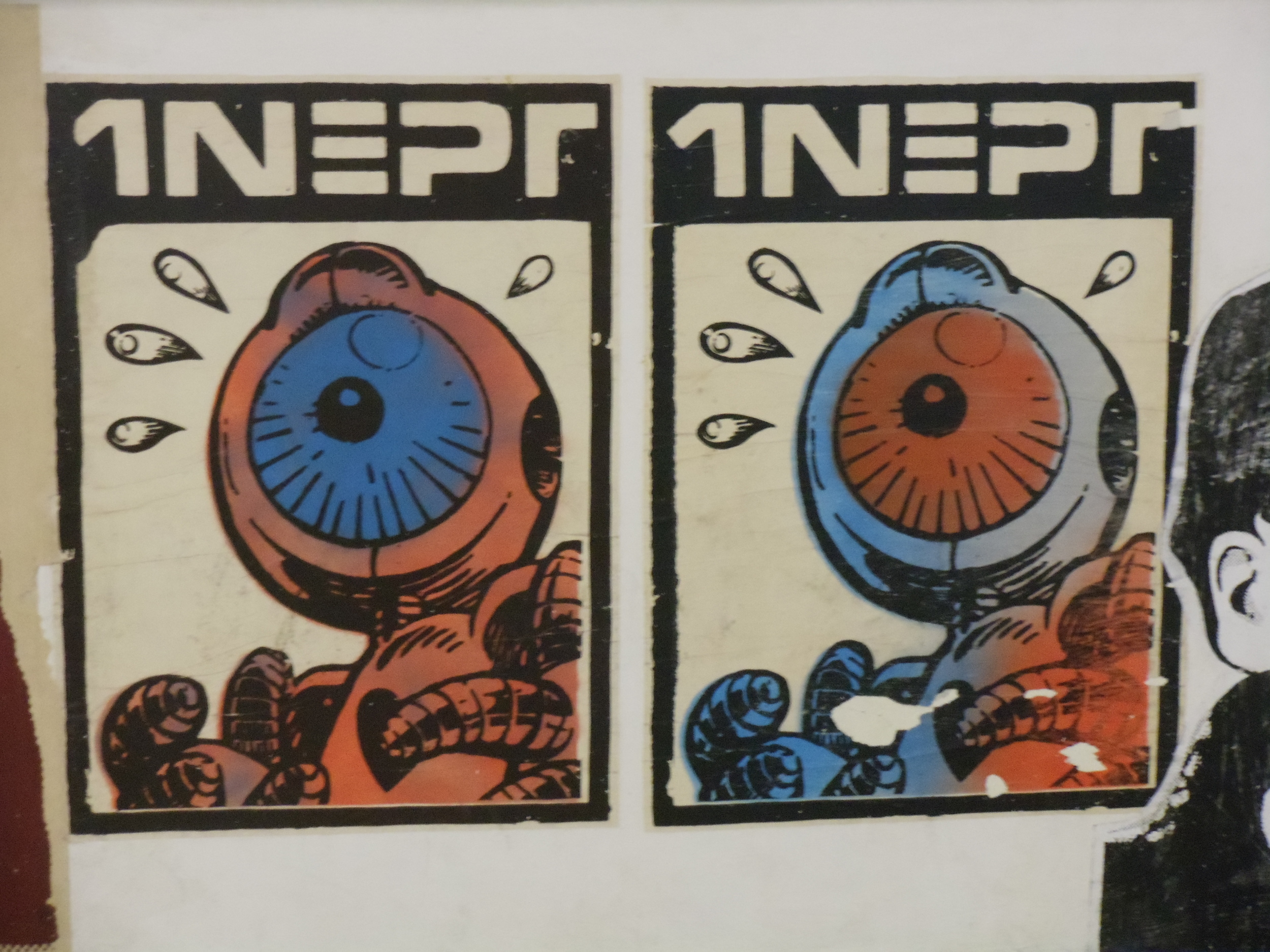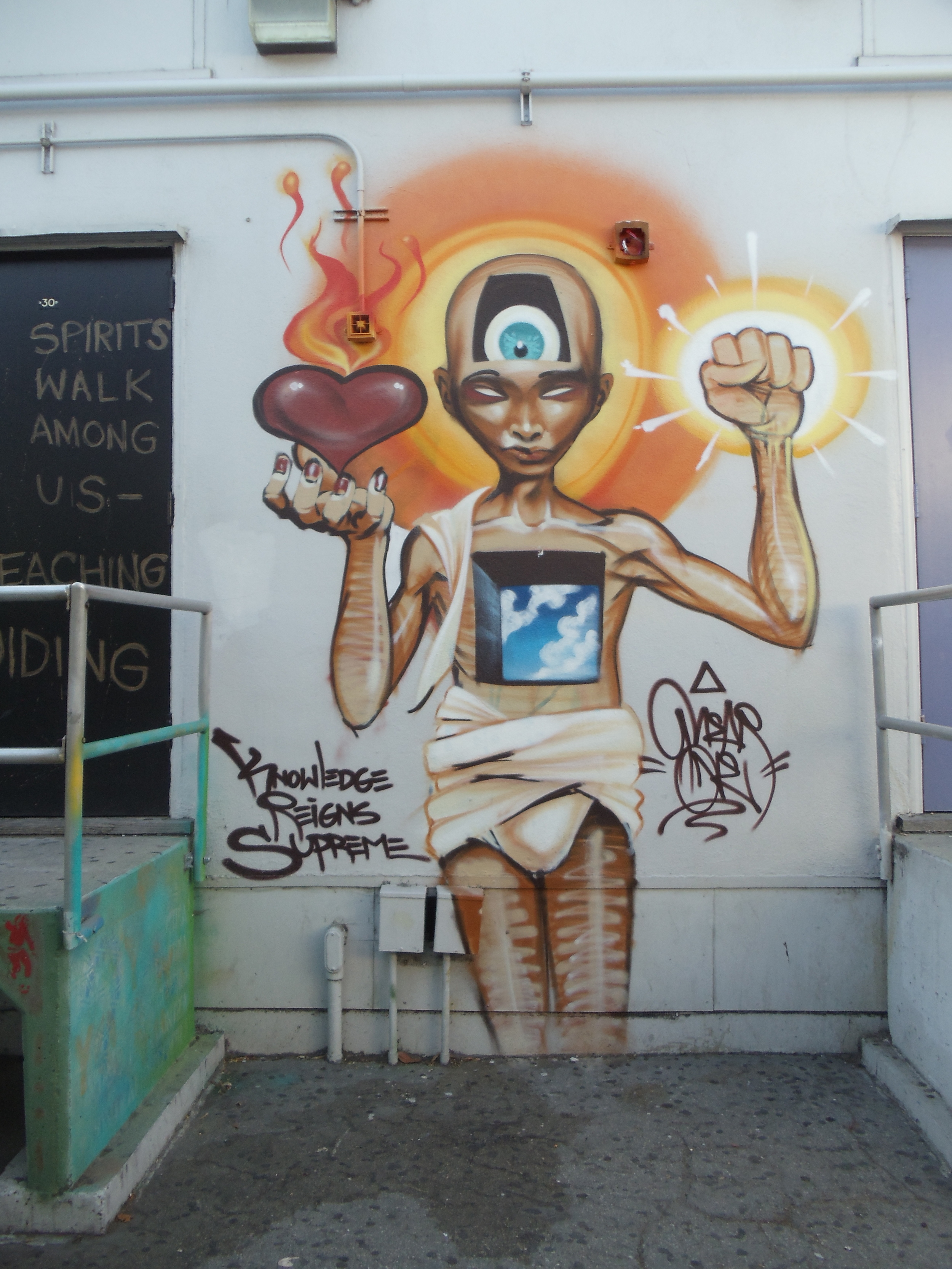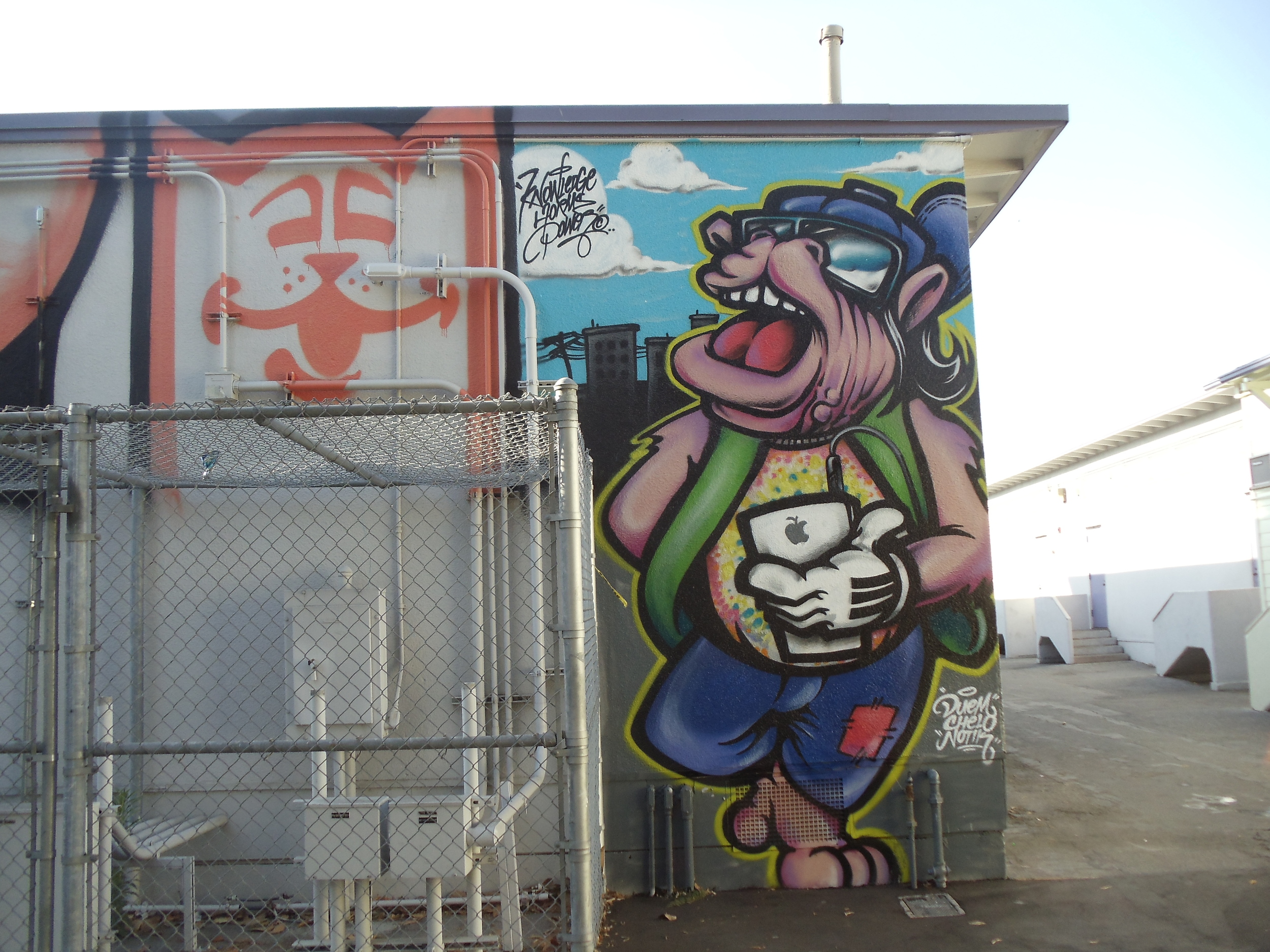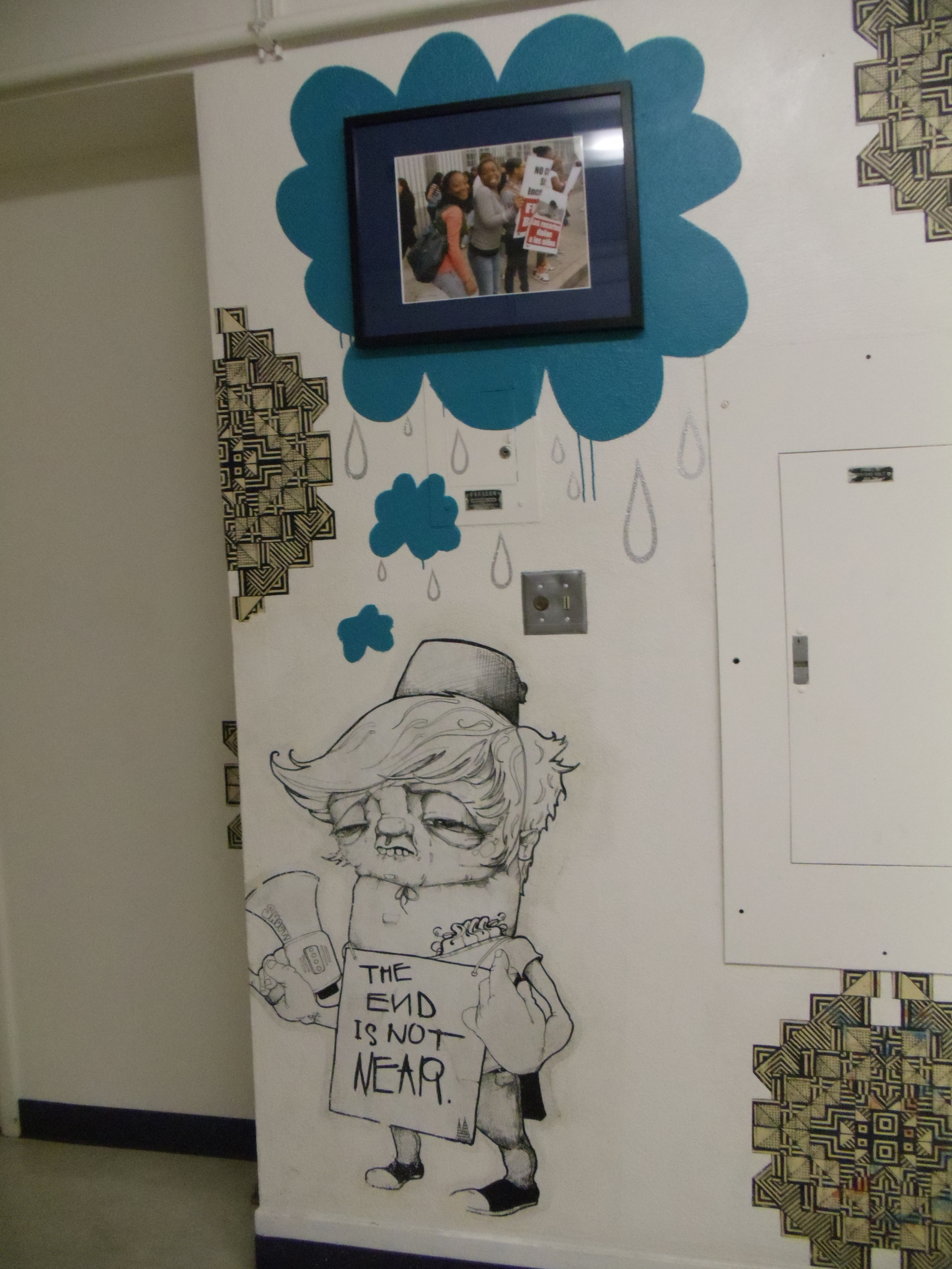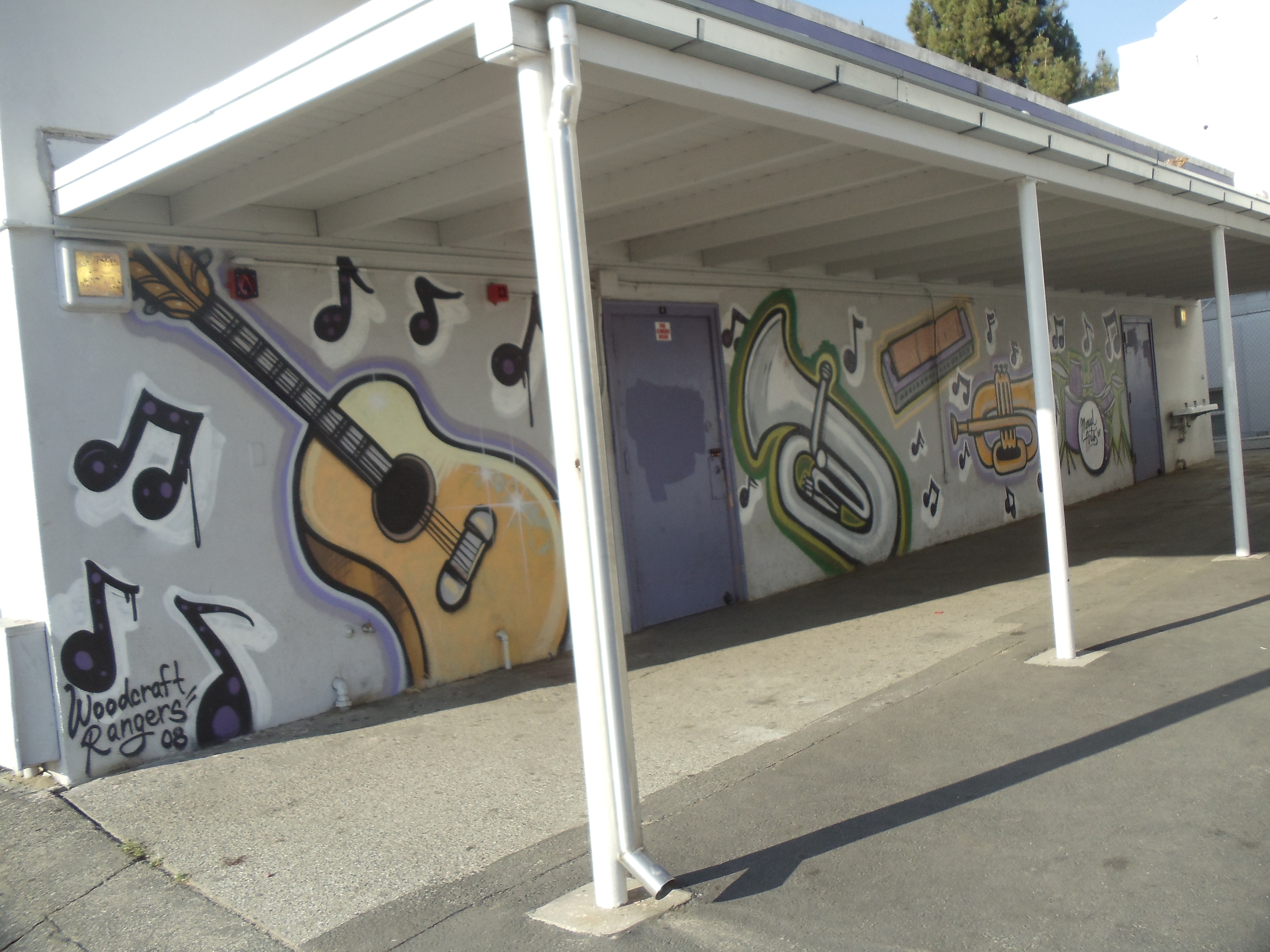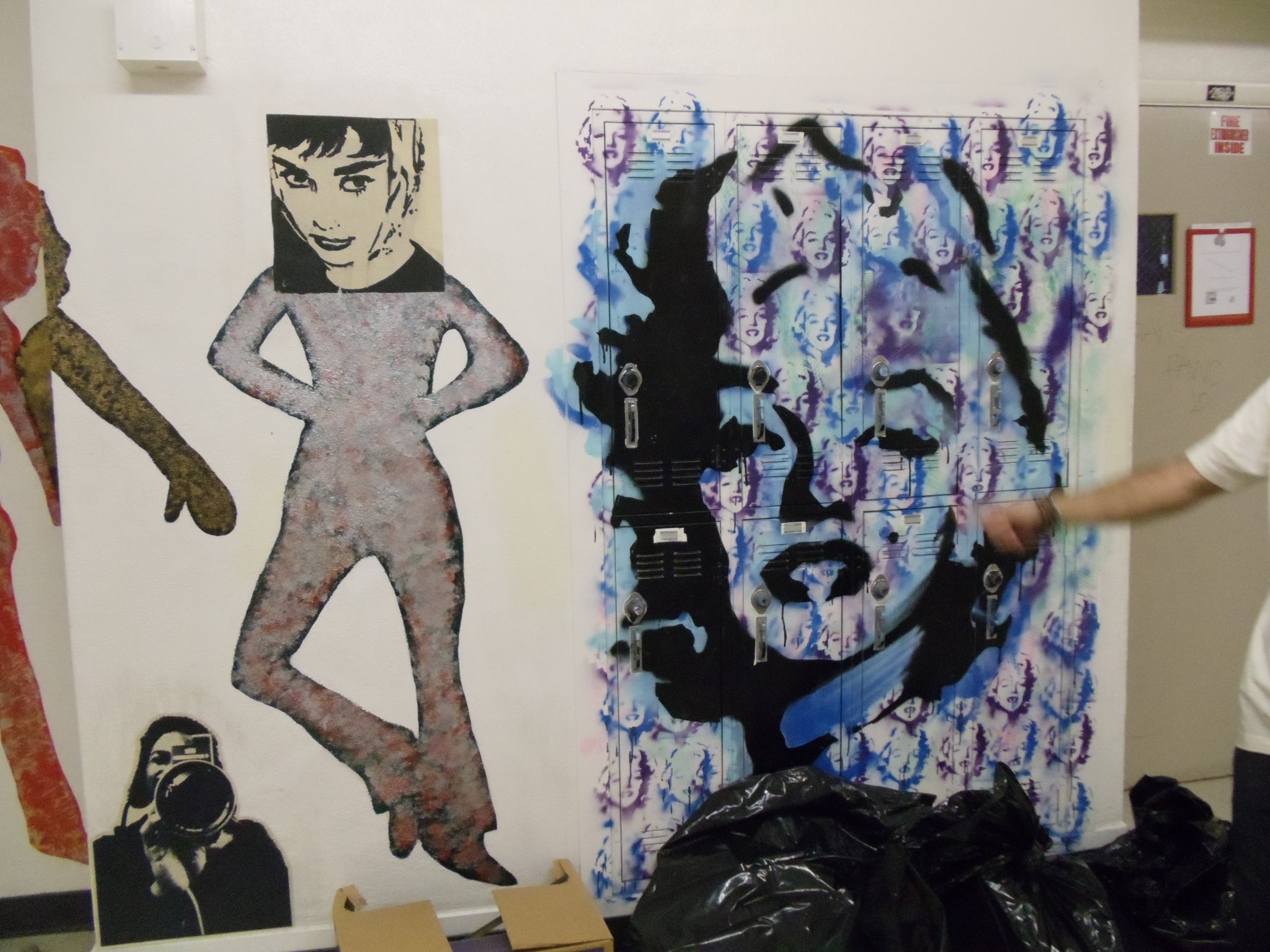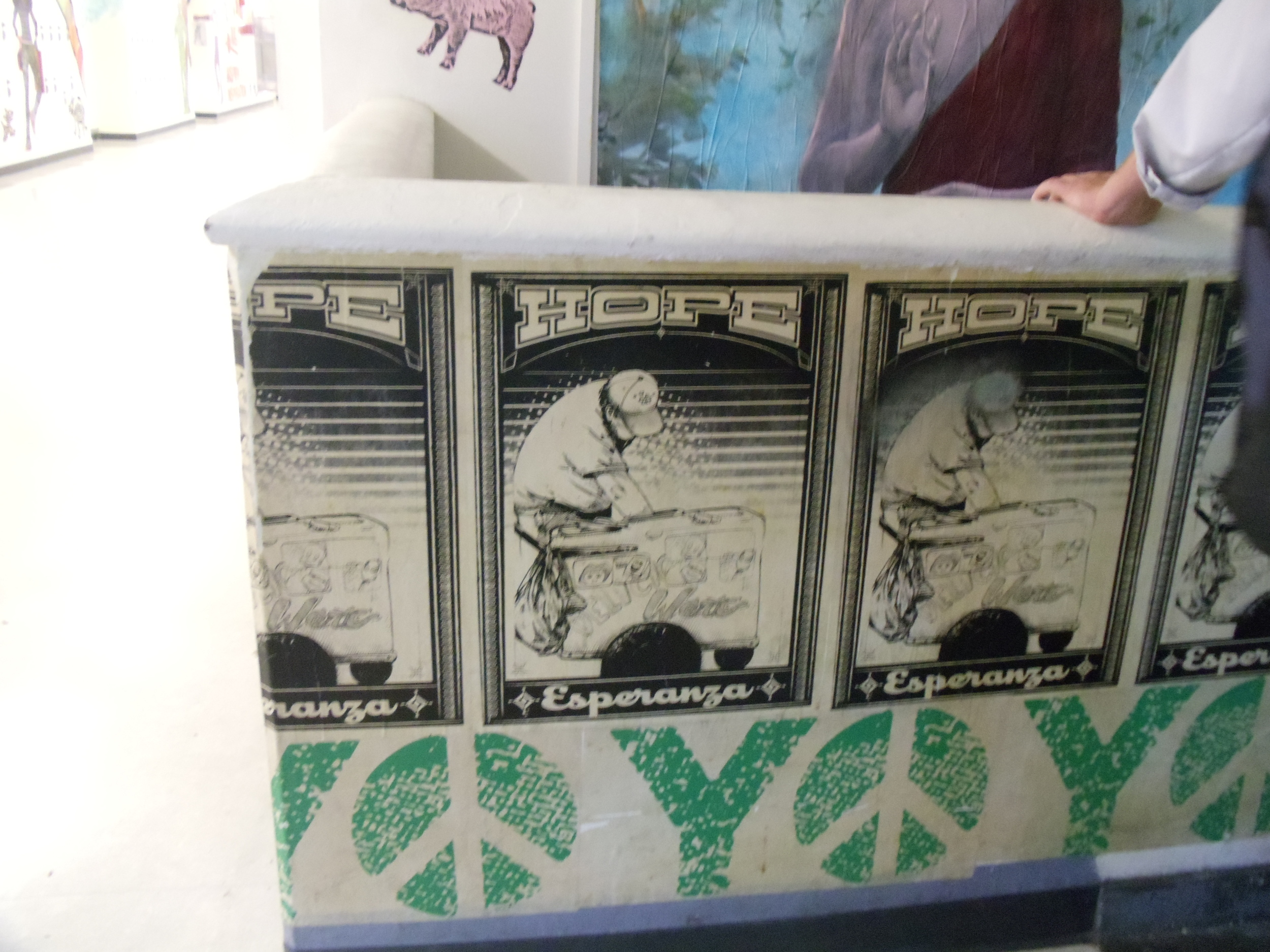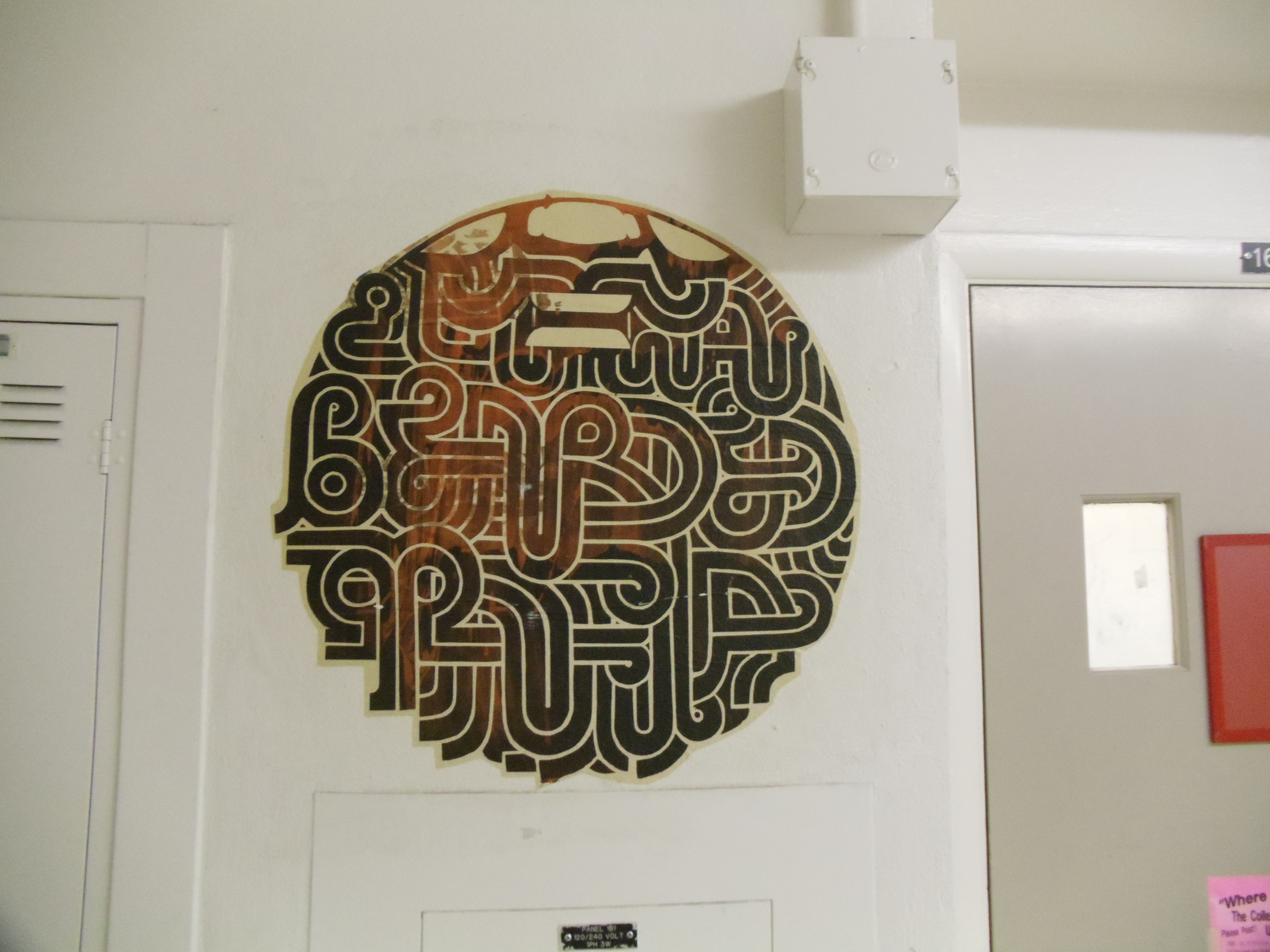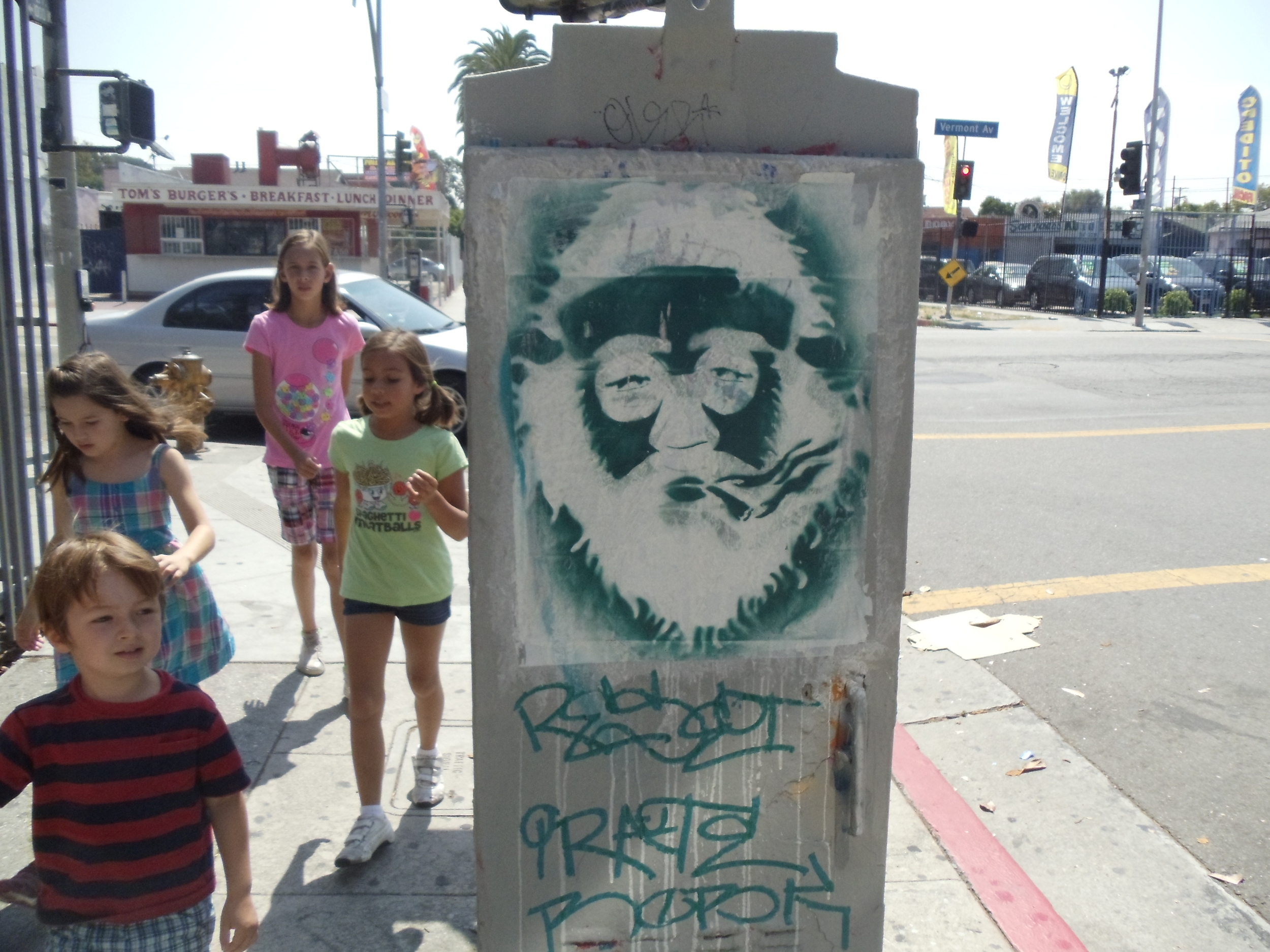High School Art Teacher Turns Inner-City School into Street Art Museum
Mark Ayala is fire. He is a commodity, an art teacher that would be an asset to any school community. He is an artist, but I’ve never seen his art. Sometimes he paints or draws in front of his students to demonstrate his technique or even brings in his own pieces of fine art, but his greatest attributes are his connections within the art community and his vision and forethought in curating a unique art gallery. Ayala’s contribution to the street art community is his creation of “a time capsule for street art” in Manual Arts High School in south LA. Unfortunately, he left Manual at the end of the 2011 school year because they converted from a year round school back to a traditional. This change cost 55 people their jobs including Ayala. We hooked up with Mark before the school year was out to talk street art, teaching pedagogy, school administration, and art’s connection with the community.
As I was driving towards Manual Arts High School on Vernon Avenue in the area now known as south LA, I was mindful of the condition of the neighborhood because I wanted to fully appreciate the difficulty of Ayala’s project. On Inept’s website, whose work I would see later, he shared an incident when he was turned away at the school because they were under lock-down. A non-student gang member came on campus with a gun because a student came to school with a large amount of marijuana to sell and the local gang doesn’t like this type of competition. The demographic of the school is largely Hispanic and does not include a single Caucasian student. As I researched test scores, I learned that 1 percent of the students were deemed proficient in Math and English. Mark Ayala, an art teacher at Manual Arts for the last four years, faces these and other obstacles as he attempts to educate students about street art, fine art, and ultimately, life in general. Ayala, who gives docent tours at the school as if it were a museum, has curated over a hundred street art murals and uses them to motivate and educate in an innovative way.
Imagine teaching students about an artist or a style of graffiti and then being able to show them a piece by that artist or in that style at your own school. Ayala brings varied artists such as Chaz Bojorquez, an old school artist from The Avenues gang, Mister Cartoon, Retina, Smog City, Jeff Koons, Freddy Sam, Zoza, and Bearded Mafia to allow students to meet icons with cultural backgrounds that students can relate to. Ayala still must convince some students and most staff that this movement is a viable art form, but the connection to the demographic of his school is unmistakable. “That’s why this project matters even more because it’s an expression of their innovation culturally, and the history of its origins. We have the ability to teach assignments about that cultural history and show them that this is an expression of the only art form ever created by young people in the history of art especially by their ethnicity. In a community where they are badgered by negative stereotypes about who they are and where they are from, they lack knowledge of personal history.”
Ayala took 120 students to the “Art in the Streets” exhibit and a contributor to the exhibit also gave them a tour of the downtown district. Ayala gave out free passes and bus schedules to his student so that they could see the exhibit with their parents. This helps him convince students that this art form, something they see everyday in their community, can garner attention and evoke interest on a main-stream level. Once they buy into it, Ayala teaches students to think critically rather then just feel. He connects current events to the art and taps into what they are learning in other classes to provide a thought provoking cross-curricular program. “This is the only kind of art that our students come into the class already having a background in, moreso then the faculty even. Even the students need some convincing that graffiti is art. They don’t know anything about hip-hop culture and that it was a non-violent conflict resolution project by Afrika Bambaataa. I show them the kind of art that their people produce even though some say that it is destructive. I take them through the history from Cornbread all the way to contemporary artists from around the world. They see these artists on film, and study and replicate their work. They even meet the artists.”
Ayala tries to have the artists do their work during school hours. Typically murals just appear as if by magic, but this way the students can observe and react to the art in each stage of the process. “They see it start and get real sketchy, it looks gross, then it tapers up and gets real good.” They get stickers and the artists draw in their sketch books in the street art tradition. “I have one foot in fine art being over educated and still get a little street with it, so I can negotiate what they need.” His projects are innovative and he rarely has students not turn in assignments. Ayala shows students that as the medium gets bastardized, “That’s where it starts to get good.” That Roa piece is more like a Dutch master might do, he is into Albrecht Doerr. People think, “You can’t do that with spray paint.”
Ayala’s number one stipulation when he asks for murals to be done at the school or when advising students about putting up work in the community is that the piece has to be about building community. The neighborhood needs revitalization. The gentrification that many cities are experiencing has passed over the neighborhood of Manual Arts although it is a stone’s throw from USC and many museums. Many small shops some with Spanish names, selling toys, massages, and liquor abound in a dirty, littered urban environment. I was overwhelmed by the presence of commercial media in the neighborhood surrounding Manual Arts High School. A billboard like one that would be on the side of the freeway stands ridiculously in the front yard of an apartment building. Ayala explains his understanding of this phenomenon as we look out the classroom window to observe an advertising billboard. “In a way, street artists are responsible for the message they convey as well.” He tells students, “You can do that, but there are repercussions. I’ve been arrested and done hundreds of hours of community service, but if you are willing to take that risk, you can make a statement for free because you’re not a private corporation that can rent out a billboard.” Ayala stresses these civil issues magnifying the levity of student’s work. "You can’t put up your name or some initials. That just alienates people. This is where people get negative opinions of south LA. You can change it. You’re engaged in your community as a living, breathing space.”
The piece by Roa personifies Ayala’s ability to accomplish something positive for the school and the community through his connections with the art world. A huge piece that took five days and covers the entire gymnasium wall, the black and white mural consists of a dozen or so indigenous nocturnal rodents piled together sleeping. This piece was a collaboration with Daniel LaHoda from the LA Freewall Arts Project. Sketches were drawn and okayed by school administration. Experts from the Natural History Museum were on hand all five days of the project to insure that the animals were depicted correctly. The community response has been mostly positive, the piece is featured in a book, and Ayala paid for a two page color spread in the yearbook, but administration bothers Ayala about it because they get negative phone calls from people that perceive the work as a representation of the people of the neighborhood: a pile of dead rodents. “The reception is hot and cold right now,” said Ayala, “but they’re not dead they’re laying together playfully, tails up, and there’s not a rat in the bunch.” This is symbolic of the current administration’s disapproval of Ayala’s murals. They feel the materials are hazardous to the students’ health, so Ayala is forced to get creative because he no longer has permission to commission murals on campus.
When Herakut + Case, a guy-girl graffiti combo from Germany, came to do a piece at a liquor store, it was a media frenzy just outside the fence of Manual Arts. Ayala was contacted by the liquor store to have a piece done and he thought it was a great opportunity to continue to beautify the community without needing the school’s approval. This piece, like others around the community, take up space so that local taggers don’t vandalize the walls. When we visited, the piece had been up for four months and had only had part of its message written over by taggers. “This work is so ephemeral anyway.”
Ayala explained how repetitive tagging that seems clearly vandalism to most can be considered art. He was quick to defend all forms of art. “Tagging is an art. Its sketching for an artist, ornamental calligraphy. it’s their own kind of vernacular. It’s individual. It’s regional. It’s the architecture for all graffiti, spatially and mathematically. This is the gateway for them to understand more sophisticated realms. We’re starting to see wheat paste here which we never saw before in south LA.” He tells the students that the work they do on the street should be about building community. We have places like the Salesian tracks that are for doing work that is about individuals. The murals at the school exemplify community whether it be a school bus by Aiko, an artist from Tokyo, or a piece by Koffie of geometric shapes in the school colors that students use as a backdrop for photos.
Ayala’s forethought about this and other subjects stood out as we continued to discuss the street art movement. He acknowledged the popularity of street art and we discussed the large amounts of money people are getting for their work with an aerosol spray can. That’s how Ayala hooks the students in, by showing them that the graffiti that they see every day on the street can influence them and they can learn from it.
As we began to get into technical information, Ayala expressed that his class and the murals that he has brought to the school, specifically the art building, cannot be directly responsible for the small rise in test scores that the school has seen, but an increase in regular attendance does seem to come from the murals and the positive attitude that they provide for students. “Students have more pride as they walk through the halls in this building; it helps their self-esteem.” On February 20, 20 artists, from Mear One to local street gang, Kill For Pride, converged on Manual Arts and put work up all over the school, but one corridor of portables in particular was transformed and now lifts teacher's spirits as they enter and exit campus.
As we walked the halls, Ayala narrated the pieces that we came across. Ayala was proud of the way he mixed three generations into one piece that featured a drawing by an art teacher at the school of a silkscreen that was done by a local crew called Hit + Run, along with a piece by Gingivitis, a female student of Ayala’s. Whether it was another Koffie piece, a geometric abstract piece painted along the gas pipes that serves as a math lesson, or a large tree that stood in the lover’s hallway next to a window where you can see a real tree outside, Ayala’s murals are well planned out. Another hallway boasts political statements, while Lorraine Villareal’s piece combines photography and student community. Since he will be losing his job, he would like to work on having art in many schools to enhance the learning environment.
The way Ayala laid out each piece has significance, and he has aspirations of kitty cats at elementary schools and sharks by Sharktoof in science buildings in many other schools. His own students used a clip art school bus emblazoned with a Spanish quote. Spanish teachers love this because they can use it as part of their lesson. “You can use it like that,” one of Ayala’s favorite phrases. The gangsters use to come and tag their gang signs and during passing period they stand next to it and rep their gang. Now, students have a sense of pride especially in the art building. Ayala even considers the Adult school that takes over the campus at night with wheat paste pieces such as one emblazoned “Esperanza”. Ewsoeism did a piece with a class that was taught on campus which captures the downfall of the housing market with houses literally running away.
Ayala understands what we are up against. Teachers and positive street artists. As we passed another outdoor hallway that was spray painted with musical instruments, Ayala pointed out that they were doing this already, Ayala’s colleague, John Lasko, installed paintings of silhouettes of people similar to an old ipod campaign, so he convinced administration to let him do street art murals. Storage sheds painted with Manual Arts High School emblems looked like pieces of art rather then eyesores, but Ayala worries about the Roa piece and the graffiti style pieces. “What happens when someone comes and paints over all this?” “Who’s going to rise up? What’s that going to be about?” Ayala asked rhetorically. Ayala’s impact on both education and street art is already prolific. He will surely continue to provide positive viable ways to assist underprivileged communities, but the fate of Manual Arts remains unclear.


